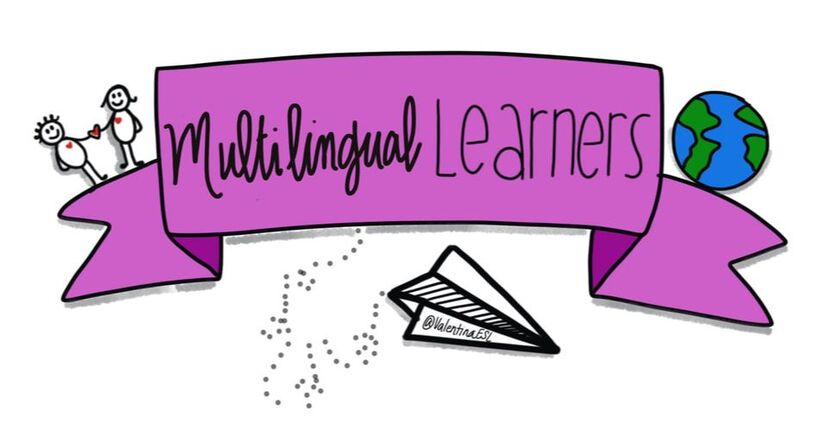|
Enhancing memory retention for all students would be awesome! But how? How can we help kids in our rooms absorb what they are exposed to on a daily basis? I know from my own experience with my two children, if I ask them what they learned today, they usually say, "nothing" or they don't elaborate much. Advances in brain research have taught us there are specific techniques we can easily employ that will enhance memory retention! What we want to do is help our kids move learned information from working memory into long-term memory. But the problem is if we don't do it in about 20 minutes, the information could be lost! Time is crucial. By embedding emotions, repetition, graphic organizers and movement in our daily lessons, we can maximize the potential for students to store information into long-term memory. This will in turn help our students build a based of knowledge that will allow them to continue building greater future knowledge using those connections.
Emotions Whether it's fear, anxiety, happiness, comfort, shock, or sadness, these emotions help us connect with memories. In the classroom, this might best translate to using the emotion of SURPRISE to help students make learning stick. The brain loves making predictions whether they end up being right or wrong. In the classroom this translates to starting lesson with anticipation guides, unexpected demonstrations, songs, costumes, some type of element of surprise to get students thinking, wondering, predicting..."hmm...I wonder why Mrs. Smith is wearing a feathered hat and paint? Maybe it has something to do with ..." When we attach an emotion to academics, we give students a greater chance to recall and store the information. Memories tied to an emotion are more likely to gain a spot in long term memory. Are you able to think of a song that brings back a certain event or special person in your life? You might be able to visualize the event or person in great detail. Repetition Repetition makes the pathways stronger. I think of it like a hiking path. If may people have been down it several times, the path will be well worn. But if it has only been traveled once or twice, the path will be grassy and hard to see. But what happens when we have walked the path many times and then stop walking it? The grass grows over the path again. Similarly our brains "prune" inactive cells that aren't used regularly. Repetition in the classroom means that we allow students to experience learning multiple times and sometimes from different angles. For English Learners it's important that they have many opportunities to listen, speak, read and write in all content areas. Willis says that the more ways something is learned, the more pathways are built. This makes sense to me because I think of it like knowing many routes to the mall. In case one route is blocked or there is traffic, I can go a different way. This knowledge implies that as educators we have to let our students have multiple opportunities to explore ideas and concepts where they be science labs or math problems. They need time to explore and talk, discuss various points of view and problem solve together as a group keeping in mind that there is not only one way to achieve the answer. Patterns and Organization Research shows that rote memorization is an ineffective form of learning while graphic organizers are like food for the brain. They help students find pattern and relationships that promote memory storage. Graphic organizers support patterns and help students make connections while accessing prior knowledge (connecting the old with the new). When we help the brain create meaningful connections, we promote memory retention. Graphic organizers such as Tcharts, Venn Diagrams, Content Frames, Tree Maps, etc. encourage students to interact with content while chunking information into groups, forming patterns, and sorting. Movement Using techniques the incorporate whole body movement get students personally involved in instruction and eliminate the possibility of off-task behavior. One of the most used technique is total physical response (TPR). Teachers introduce a vocabulary word and meaning and students work in groups to come up with a physical movement for the term. TPR was first introduced by Dr. James Asher. What I love about TPR is that it is visual (write the word and show a visual), it is kinesthetic (students move), and it is oral (students say the definition). Example: Teacher: We've been learning about Amelia Earhart and her achievements. She showed individualism. Say that with me. Individualism. Individualism means being yourself. One time when I was a teenager all my friends had long hair and I decided to cut mine short. I showed individualism. Put your heads together as group and come up with a movement for individualism. Students work together to come up with one movement per group for the term. Each group shares and the class selects one movement to use for the term. To read more about TPR click here. Resources: Willlis, J. (2009). Research-based strategies to ignite student learning: insights from a neurologist and classroom teacher. Hawker Brownlow Education. Zimmer, C. (2014, February). Secrets of the brain. National Geographic, 28-57.
Sonia
9/17/2017 08:04:27 am
Thank you for sharing these strategies! Comments are closed.
|
Categories
All
|


 RSS Feed
RSS Feed
